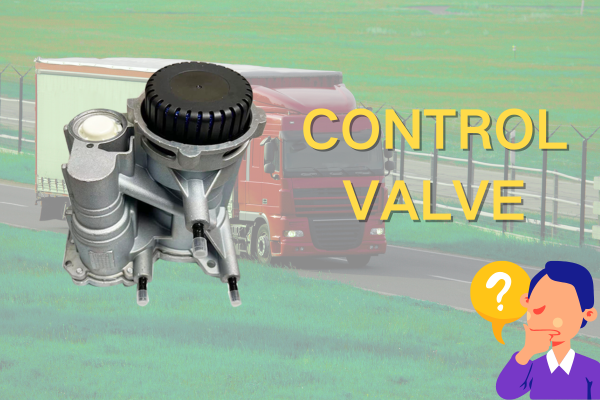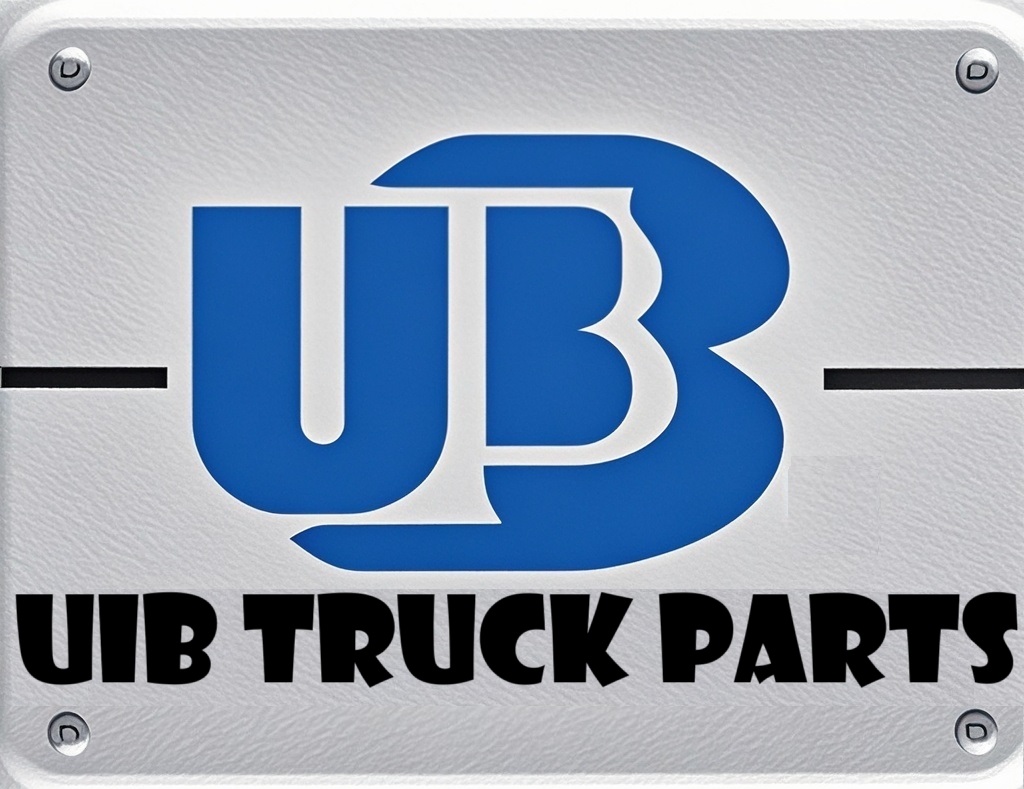About Us
What is the production process of truck brake drums, and what about their product performance?
Views : 199
Update time : 2025-06-17 11:00:00
As a core component of the truck's service braking system, the brake drum decelerates and stops the vehicle by converting its kinetic energy into heat. Its quality is crucial for driving safety. Understanding its production process and performance advantages helps in grasping the product's reliability.
Production Process
- Raw Material Preparation: Gray cast iron or ductile iron is selected. Elements such as carbon and silicon are strictly tested for their content, and then the materials are melted in proportion.
- Casting Molding: Sand casting (low cost, suitable for complex shapes) and metal mold casting (high efficiency, suitable for mass production) are commonly used. The pouring temperature and speed are strictly controlled.
- Machining: Rough machining removes excess material. Finish machining grinds the friction surface to Ra0.8 - Ra1.6μm, and the mounting holes are processed to ensure assembly accuracy.
- Heat Treatment: Annealing relieves internal stress, while quenching and tempering increase the hardness to HB200 - HB280, enhancing wear resistance.
- Quality Inspection and Surface Treatment: After passing inspections of dimensions, hardness, and flaw detection, anti-rust paint is applied or electrophoretic coating is performed to prevent corrosion.
Performance Advantages
- High Durability: Special materials and processes extend the wear life by 30% - 50%, reducing maintenance costs.
- Good Thermal Stability: Maintains stable performance at high temperatures, preventing brake failure due to thermal deformation.
- Reliable Braking: The precisely machined friction surface fits closely, providing a stable braking torque and shortening the braking distance.
- Wide Adaptability: Compatible with different vehicle models, facilitating maintenance, replacement, and reducing production and inventory costs.
Related News
 Revealing Three Little-Known Facts About Trucks
Revealing Three Little-Known Facts About Trucks
Aug 06,2025
This article presents three little-known facts about trucks, including that the cab can be flipped for engine maintenance, the rearview mirrors are equipped with defrosting and deicing functions, and the small tank next to the fuel tank is an urea tank which is crucial for environmental protection. It helps readers understand the secrets behind truck designs and functions.
 Control Valve: The "Key Steward" in Truck Engines
Control Valve: The "Key Steward" in Truck Engines
Aug 05,2025
This article introduces the role of the control valve in the diesel pump, including controlling fuel quantity and stabilizing pressure; lists symptoms when it malfunctions, such as weakened power and increased fuel consumption; provides maintenance methods, and illustrates through cases that paying attention to the control valve can avoid unnecessary expenses.
 Control Valve: The "Invisible Commander" of Truck Power
Control Valve: The "Invisible Commander" of Truck Power
Aug 05,2025
The control valve is an indispensable core regulating component in the truck power system. Although it hides inside the machinery and keeps a low profile, it relies on its powerful functions to precisely command the rhythm of power output, comprehensively ensure driving safety, and intelligently adapt to various working conditions. With sophisticated design techniques and durable material selection, it can achieve a perfect balance between power and efficiency in various complex scenarios, and can be called the invisible cornerstone supporting the efficient and stable operation of trucks.
 Truck Snow Chains: Safety Guarantee on Icy and Snowy Roads
Truck Snow Chains: Safety Guarantee on Icy and Snowy Roads
Jul 28,2025
This article elaborates on truck snow chains, including their important role on icy and snowy roads, applicable scenarios, selection methods, installation steps, and usage precautions. It aims to provide references for truck drivers to drive safely in icy and snowy weather and reduce accidents caused by slippery roads.
